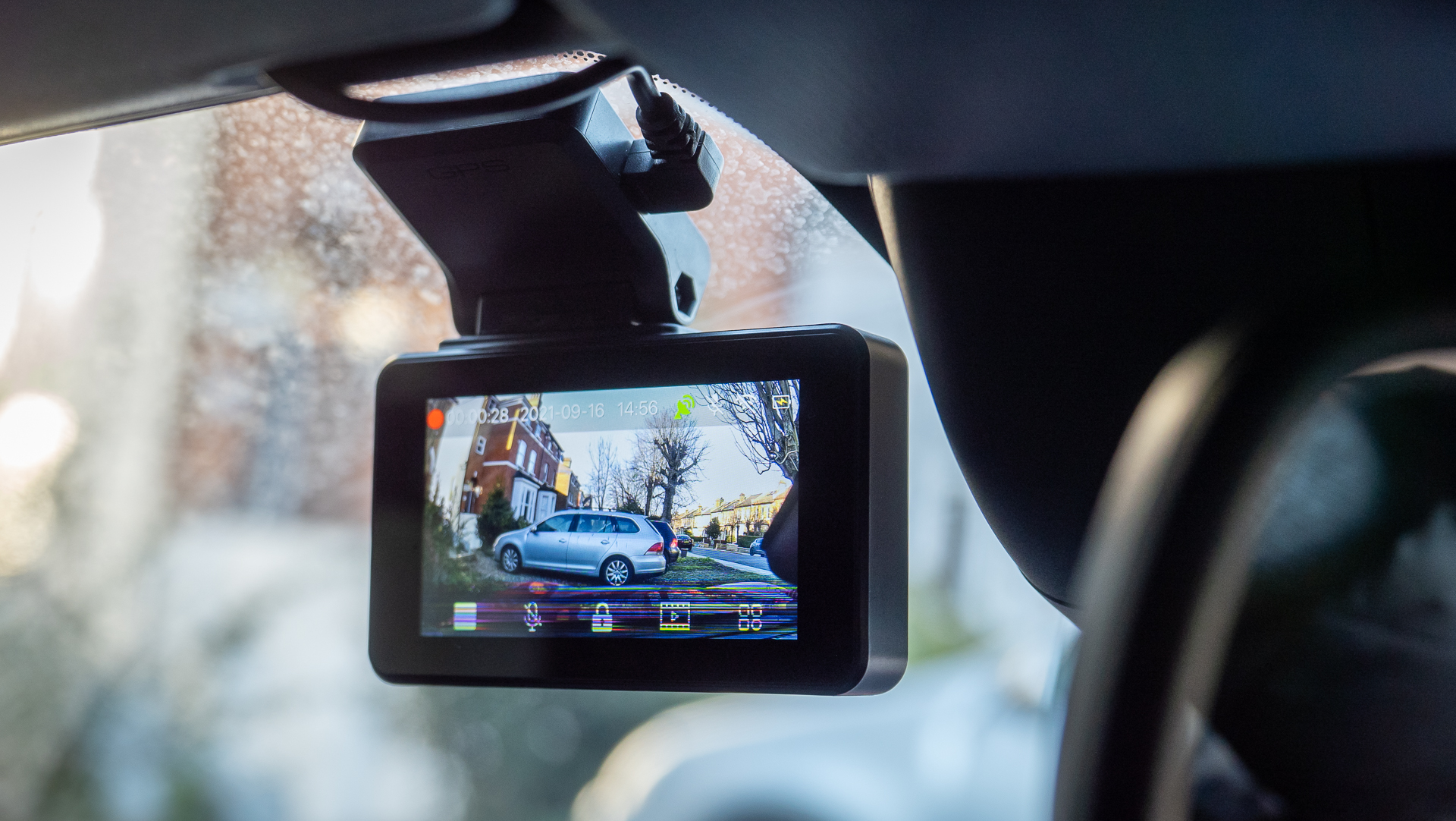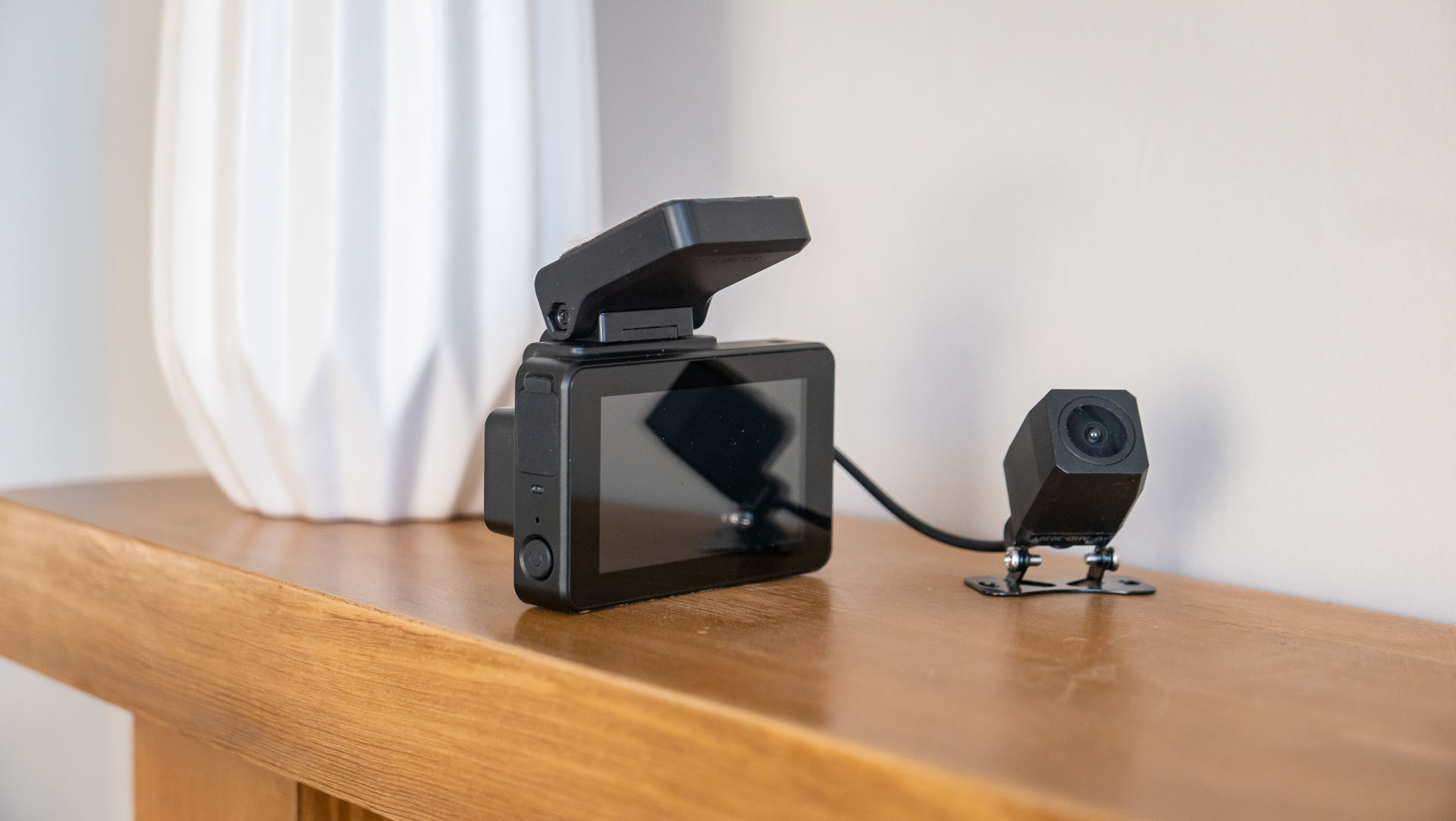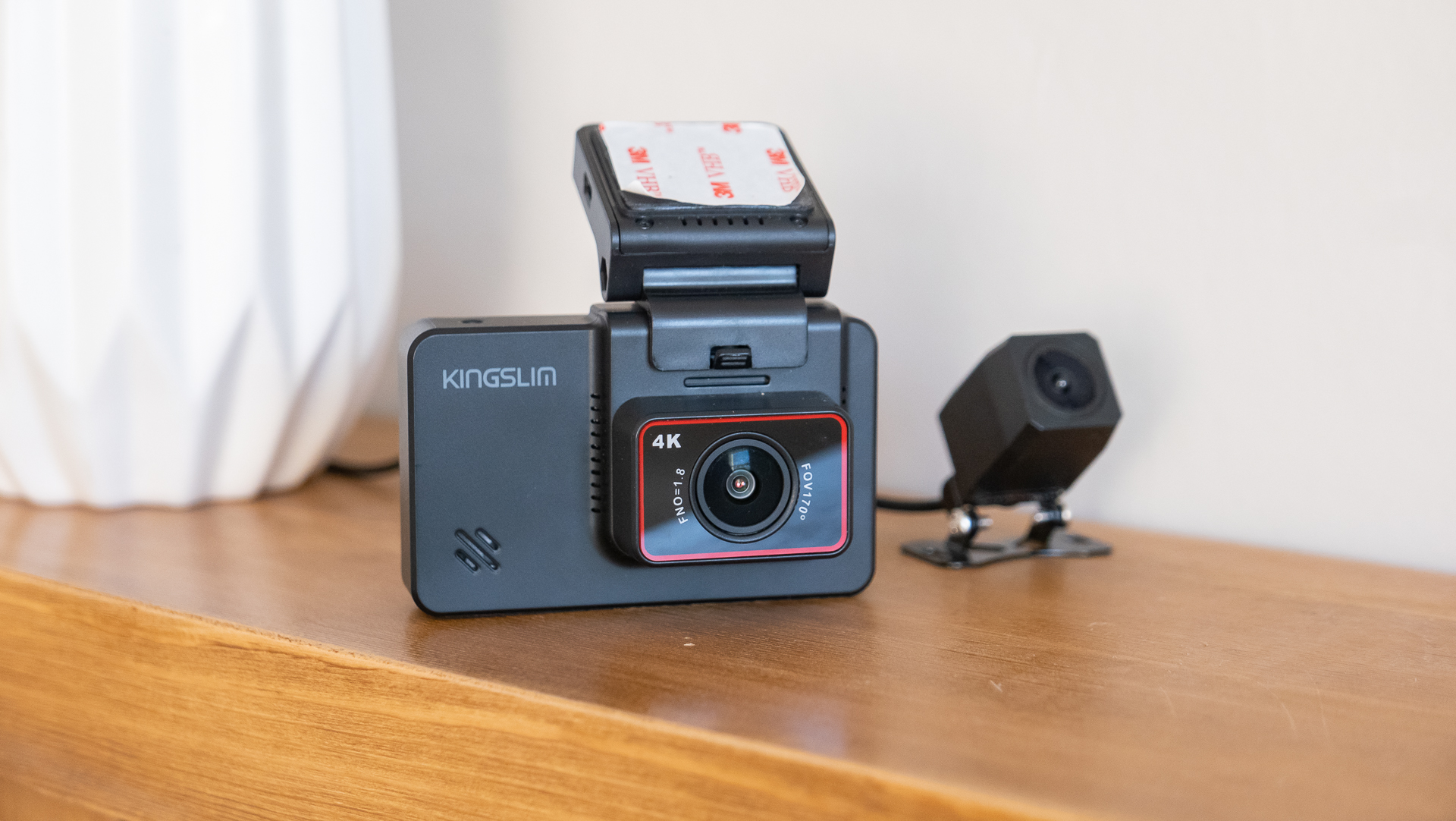Kingslim D4 review
Do the best dash cams in 2023 need to record in 4K resolution? It’s a question manufacturers and consumers have grappled with for a couple of years now, as sensor size, quality and price make Ultra HD possible without breaking the bank.
Common sense would suggest that 1080p Full HD is plentiful, but resolution never tells the whole story, and some cheaper dash cams struggle to produce video that matches consumer expectations of footage branded High Definition.
The Kingslim D4 was first launched in July 2020 and is available to buy now, with a January 2023 list price of $140 / £110 / AU$200 (approx)
So, 4K can go some way towards fixing this, primarily by throwing many more pixels at the problem. A higher resolution should mean more detail and a better chance of making key details like vehicle registration plates and road signs legible in dash cam footage.
Before we get to that, let’s look at the hardware. Despite the 4K image sensor, the Kingslim D4 sits at the cheaper end of the dash cam market, at around £110 / $140 / AU$200. The kit includes an optional rear-facing camera and a long cable to connect it to the main unit.
GPS is also included, albeit via the detachable windscreen mount rather than the antenna being integrated into the camera itself. This adds speed and locational data to your video recordings.
The rear of the D4 is dominated by a 3-inch touchscreen display. This is how you navigate the user interface and manually record footage. It is reasonably responsive but uses resistive touch technology instead of capacitive, so requires a fairly firm press to recognize your inputs.

During our review, we noticed some damage to the lower quarter of the display. We’re not sure where this came from, but the result is a series of colored lines obscuring the lower portion of the screen. The display seems quite fragile, so we’d encourage buyers to leave the D4 in place once it is installed. This isn’t a dash cam that can be thrown into the back of the car or glove box and regularly switched between cars.
There’s a rubber flap on the edge covering a microSD card slot and mini USB port. We’d prefer to see the newer and smaller micro USB (or, better still, USB-C) but at least the included cable is long enough and seems of decent quality. No microSD card is included, but the Kingslim works with cards up to 256GB.
The windscreen mount has an integrated adhesive pad. We’d rather see a suction cup or, better still, the sort of magnetic system Garmin uses to great effect. Another annoyance is how the Kingslim’s mount only adjusts vertically, not horizontally, and how it only has about 30 degrees of movement. As such, this dash cam might not be suitable for vehicles with near-vertical windscreens, like vans.

The dashcam works as soon as it is plugged into your car’s 12V socket, but there’s also a smartphone app for adjusting settings and transferring video recordings over a Wi-Fi connection. The app isn’t particularly good, and while this is a common issue shared by many dash cams, Kingslim’s is worse than most. There are annoying bugs and much of the language used can be described as broken English at best. Pop-up messages like “Kindly reminder, determine exit?” suggest this is a company that needs to put more effort into making its products suitable for English-speaking markets.
Put all of this to one side – along with the frustrating need to create a user account to access the app – and the D4 performs pretty well. The footage doesn’t look like a 4K Hollywood blockbuster, but it’s sharper than some Full HD dash cams we’ve used recently, with perfectly legible number plates and road signs. The Kingslim uses a Sony IMX335 Starvis sensor with an aperture of f/1.8.
There’s no HDR on offer, but the exposure is well-balanced enough to produce the right amount of detail on bright, sunny days, and there’s a pleasing lack of grainy noise in the shadows. Footage is also smooth and the 170-degree front lens is wider than much of the competition, ensuring a good view to each side of our car. We were also pleased to see none of the image distortion that plagues some dash cams, where troublesome stability software causes the footage to wobble on uneven roads.

The D4 records 4K footage at 30 frames per second, and although you can lower the resolution to 1080p, a higher frame rate for even smoother video is not available.
This being a two-channel dash cam kit, the D4 comes with a second, rear-facing camera. This has a resolution of Full HD (1920 x 1080) at 30 frames per second and a viewing angle of 150 degrees. Much smaller than the main unit, the rear camera is attached to a metal bracket designed to be screwed to the rear of your car or stuck to the windscreen with an included adhesive pad. The camera is waterproof, so can be mounted outside (like where you would find a reversing camera), and a cable to route through your car interior to the front camera is included. That said, we’d recommend professional installation unless you’re comfortable with removing and reattaching interior trim panels.
Eagle-eyed readers will notice that we forgot to change the time and date of the dash cam, so while the footage was recorded in February 2023, the watermark says 2021.
Kingslim D4 video performace
Should you buy the Kingslim D4?

Buy it if…
Don’t buy it if…
How I tested the Kingslim D4 dash cam
I tested the Kingslim D4 by fitting it to my car and using it for several journeys in a variety of weather and lighting conditions. I fitted the dashcam to my windscreen using the included adhesive pad and powered it via my car’s 12V socket. Although I didn’t attempt to hide the power cable behind the interior trim, the camera was otherwise used as intended.
There are a couple of different resolution options available, so these were experimented with to see which is best and if 4K resolution is really worth having over the lesser 1080p Full HD option.
I also tried out the Kingslim smartphone application on my iPhone. This meant creating a user account, logging in and getting to grips with how the app can be used to adjust camera settings, view footage and transfer recordings to my phone.
First reviewed in February 2023
0 comments:
Post a Comment